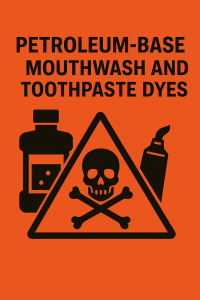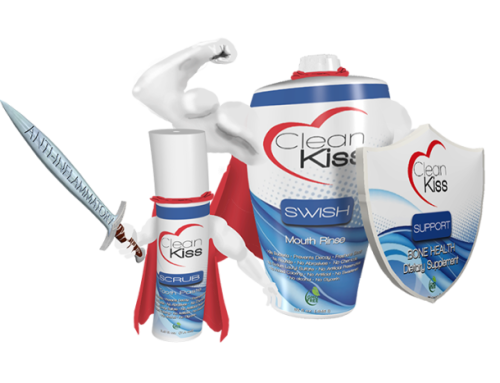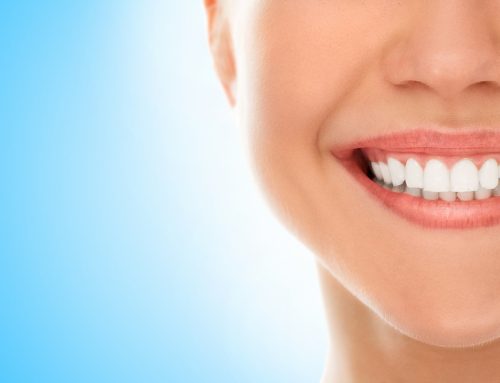On April 22, 2025, U.S. Health and Human Services Secretary Robert F. Kennedy Jr., in collaboration with FDA Commissioner Marty Makary, announced a significant initiative to phase out petroleum-based synthetic food dyes by the end of 2026. The targeted dyes include Red 3 and 40, Blue 1 and 2, Yellow 5 and 6, and Green 3, all commonly found in popular food items like candies, cereals, and baked goods. Business Insider+8Food & Wine+8People.com+8
The initiative is driven by studies indicating potential health risks, particularly for children, including behavioral issues and possible DNA damage. Business Insider+4Food & Wine+4Axios+4
The FDA plans to revoke authorization for Citrus Red No. 2 and Orange B shortly and to collaborate with the food industry to transition to natural color alternatives. The agency is also fast-tracking the evaluation of several natural additives and will partner with the NIH for further research on food additive impacts. CBS News+7Food & Wine+7KQED+7
This initiative aligns with the “Make America Healthy Again” campaign, aiming to enhance public health by eliminating potentially harmful additives from the food supply.Food & Wine+8KQED+8U.S. Food and Drug Administration+8
For consumers, this development underscores the importance of being informed about product ingredients and advocating for transparency in food labeling.
The Hidden Risks of Color: What You Need to Know About Petroleum Dyes in Toothpaste and Mouthwash
Colorful swirls in toothpaste and bright blue or green mouthwashes might make your oral care routine feel more engaging, but behind those vibrant hues could be a less-than-pretty truth. Many popular toothpaste and mouthwash brands use synthetic dyes like Red No. 40 (CI 16035) — a petroleum-derived coloring agent — to make their products more visually appealing. However, these additives raise serious concerns when it comes to your health.
What Is Red No. 40?
Red No. 40, also known as Allura Red, is one of the most commonly used artificial dyes in the United States. Derived from petroleum, it’s widely found in foods, cosmetics, and personal care products — including toothpaste and mouthwash. According to the Environmental Working Group (EWG), Red No. 40 has been flagged for its potential health risks, especially in products that are used daily and may be ingested in trace amounts.
EWG Skin Deep Ingredient Database: Red No. 40 – Toothpaste Category
Health Concerns Surrounding Petroleum-Based Dyes
The EWG rates ingredients based on potential health hazards, and Red No. 40 receives a moderate hazard score, with concerns ranging from allergic reactions and hyperactivity in children to potential carcinogenic effects in high exposures.
The European Union has already taken a more cautious approach. Products containing Red No. 40 and other synthetic dyes must carry warning labels if marketed to children, due to the possible link between these additives and behavioral issues.
Common Oral Care Products Containing Petroleum-Based Dyes
Several well-known toothpaste and mouthwash brands include petroleum-derived dyes like Red No. 40 in their formulations. Here are some examples:
- Aim Multi-Benefit Cavity Protection Cinna Mint Gel With Whitening: This toothpaste contains Red No. 40, contributing to its vibrant appearance.
- Close-Up Fluoride Toothpaste, Freshening Red Gel: Known for its distinctive red gel, this product also includes Red No. 40.
- Colgate Kids 2-In-1 Toothpaste and Mouthwash, Strawberry Smash: Designed for children, this product combines toothpaste and mouthwash and contains Red No. 40.
- Crest Kid’s Cavity Protection Fluoride Toothpaste, Bubblegum Rush: This kid-friendly toothpaste includes Red No. 40 to achieve its appealing color.
- Crest Plus Complete Whitening, Cinnamon: This adult toothpaste also features Red No. 40 among its ingredients.
It’s important to note that while these dyes contribute to the product’s appearance, they do not enhance the effectiveness of the toothpaste or mouthwash.
Why Are These Dyes Used?
Simply put: aesthetic marketing. Companies use artificial dyes to create visually distinctive products that consumers associate with cleanliness and effectiveness. A swirl of red or blue might look appealing, but these colors serve no functional purpose in maintaining oral health.
Mouthwash Brands Containing Petroleum-Based Dyes
Several popular mouthwash products incorporate synthetic dyes like Red No. 40 to achieve their distinctive colors. Here are some notable examples:
- Listerine Total Care Anticavity Mouthwash (Fresh Mint)
This product lists Red 40 among its inactive ingredients, contributing to its vibrant hue. - Listerine Smart Rinse Anticavity Fluoride Rinse (Pink Lemonade Flavor)
Designed for children, this mouthwash contains both Red 40 and Red 33, which are petroleum-derived dyes. - Listerine Zero Alcohol Mouthwash (Grapefruit Rose Flavor)
This alcohol-free variant includes Red 40 and Red 33 in its formulation. - Closeup Anti-bacterial Mouthwash (Red Hot)
This mouthwash features CI 16035 (Red No. 40) among its ingredients, imparting its characteristic red color. - Colgate Phos-Flur Anti-Cavity Fluoride Rinse (Gushing Grape)
This product is noted to contain FD&C Red No. 40, contributing to its grape-like appearance. - Walgreens Anticavity Mouth Rinse
The Walgreens-branded mouthwash includes FD&C Red No. 40 in its composition.
The Clean Kiss Solution
In contrast to many mainstream oral care products that utilize petroleum-based dyes and synthetic additives, Clean Kiss products offer a refreshing alternative with its commitment to natural, toxin-free formulations. Clean Kiss products NEVER contained artificial ingredients.
Clean Kiss Swish Mouthrinse is crafted with a blend of natural ingredients, including apple cider vinegar, xylitol, organic peppermint oil, olive leaf extract, tea tree oil, sage, aloe vera gel, and a proprietary mix of 13 essential oils and herbs. This combination not only combats harmful bacteria but also promotes gum health and teeth whitening, all without the use of artificial colors, flavors, or preservatives. cleankiss.com+2cleankiss.com+2cleankiss.com+2
Clean Kiss Scrub Toothpaste complements the mouthrinse by employing baking soda for gentle plaque removal and incorporating ingredients like coconut oil, tea tree oil, rosemary, clove oil, vitamin E, aloe vera, and green tea extract. Notably, it avoids fluoride, instead uses Vitamin B12 to break down decay causing sugars. No GMOs, gluten, and any artificial additives, aligns with Clean Kiss’s dedication to natural oral care. My Priceless Foods+2cleankiss.com+2cleankiss.com+2
By choosing Clean Kiss products, consumers can maintain their oral hygiene routines without exposure to petroleum-derived colorants and synthetic chemicals, reflecting a growing preference for cleaner, more transparent personal care options.





